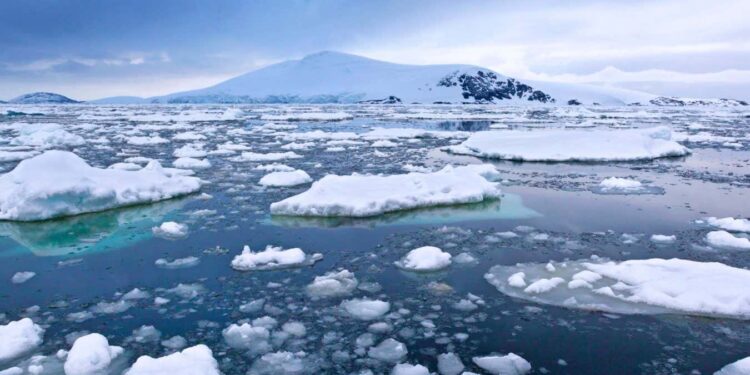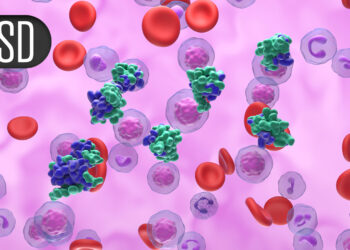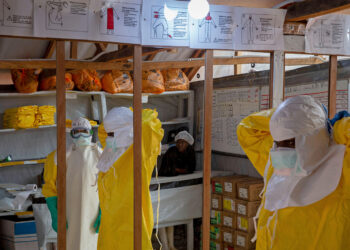
Antarctic sea ice cover in recent summers has been far below historical levels
Nature Picture Library / Alamy
The collapsing sea ice around the Antarctic continent has led to a doubling in the number of icebergs calving from ice sheets and a surge in sea temperatures, and the impacts are growing more severe as heat accumulates in the Southern Ocean.
Sea ice extent at both poles has decreased precipitously over the past decade. In 2023, the area of Antarctic winter sea ice was a record 1.55 million square kilometres below the expected average extent.
This equates to the disappearance of an area of ice nearly 6.5 times the size of the UK. Ice extent in 2024 was nearly as low, and 2025 is tracking towards a similarly grim level.
Edward Doddridge at the University of Tasmania, Australia, and his colleagues set out to understand the implications of a long-term, drastically reduced protective buffer of sea ice in Antarctica.
The team found that in summers with low sea ice since 2016, the loss of sea ice led to a 0.3°C rise in the average temperature in the Southern Ocean between the latitudes of 65° and 80° south.
More worryingly, the extra heat from a single low sea ice year didn’t dissipate by the following year. In fact, it kept the ocean warmer for at least the following three years, making any temperature rise far more serious than expected, says Doddridge.
“We have known for a while that losing sea ice in the summer should warm the ocean, essentially because the sea ice and the snow that sit on top of it are really reflective,” says Doddridge.
“The fact that the ocean memory of the warming lasts for three whole years gives the opportunity for the warming impact in the Southern Ocean to compound. Now it’s just building and building and building.”
Another consequence of such a severe decline in sea ice is that it may lead to a faster loss of the inland ice sheets. When the ocean surface is frozen, it dampens down the Southern Ocean swells, preventing them from striking the edges of the ice sheets that overlay the Antarctic continent. Once the protective skirt of sea ice is gone, the ice sheets on the coastal margin begin to break up more readily.
The team found that for every 100,000-square-kilometre reduction in sea ice, there were an additional six icebergs greater than 1 square kilometre in size breaking away. “In low sea ice years, we saw twice as many icebergs,” says Doddridge.
The loss of sea ice will also severely affect the species that depend on being able to haul themselves out of the ocean onto a solid platform for their survival. The study predicts that species such as emperor penguins (Aptenodytes forsteri) and crabeater seals (Lobodon carcinophagus) may be particularly badly affected.
Antarctic science is also made more challenging as sea ice plays a critical role in enabling ships to safely resupply research stations.
Nerilie Abram at the Australian National University says there are “very few winners in this analysis of how the loss of sea ice will affect the environment down there”.
“When we have an extreme low sea ice year, there’s an impact that the Antarctic system will keep feeling for many years. It’s not just a one-off event,” says Abram. “There’s just a multitude of ways that this sea ice loss impacts on Antarctic ecosystems.”
Topics:
- climate change/
- Antarctica
Source link : https://www.newscientist.com/article/2486426-shrinking-antarctic-sea-ice-is-warming-the-ocean-faster-than-expected/?utm_campaign=RSS%7CNSNS&utm_source=NSNS&utm_medium=RSS&utm_content=home
Author :
Publish date : 2025-07-01 13:30:00
Copyright for syndicated content belongs to the linked Source.









